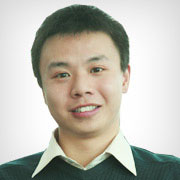Ļ§≥Ő|“ĽĹ® ∂ĢĹ® ‘žÉr(ji®§)éü ĪO(ji®°n)ņŪéü ◊…‘Ééü į≤»ęéü ĹY(ji®¶)ėč(g®įu)éü ĻņÉr(ji®§)éü ‘žÉr(ji®§)ÜT°°ēĢ(hu®¨)”č(j®¨)| ēĢ(hu®¨)”č(j®¨)◊C ēĢ(hu®¨)”č(j®¨)¬ö∑Q ◊ĘēĢ(hu®¨) Ĺõ(j®©ng)Ěķ(j®¨)éü ∂źĄ’(w®ī)éü°°Št(y®©)ĆW(xu®¶)| –l(w®®i)…ķŔYłŮ Št(y®©)éü ňééü [łŁ∂ŗ]















